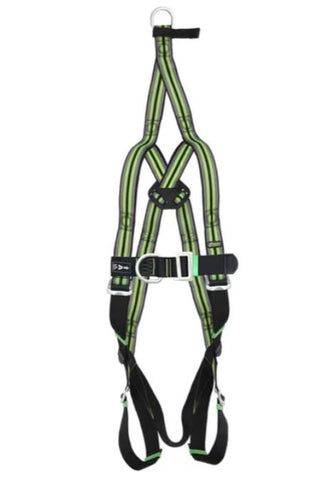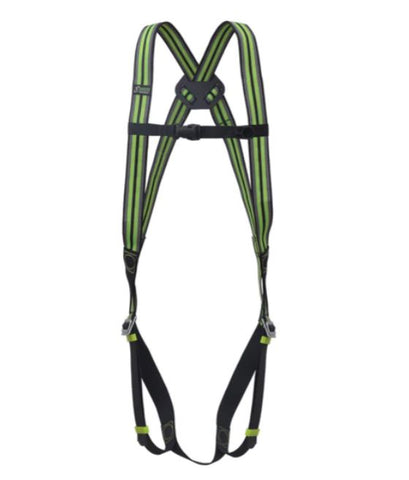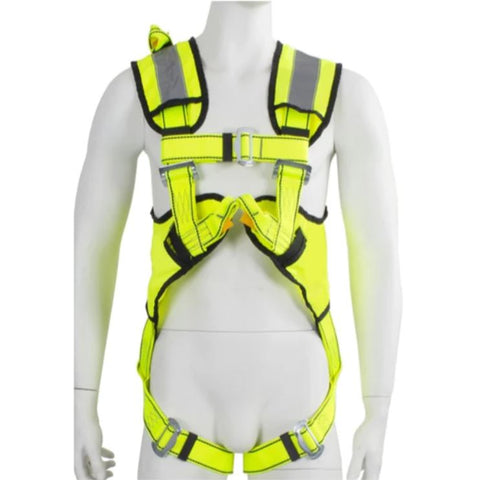Introduction
In the realm of occupational safety, the significance of a robust safety harness cannot be overstated. Whether it's a rescue harness for emergency situations, a restraint harness for MEWP (Mobile Elevating Work Platforms), a harness for scaffolders, or a HI VIS vest safety harness for enhanced visibility, the paramount factor is safety. This article dives into what makes a safety harness the best by focusing on its most crucial aspect – safety.
Understanding the Different Types of Safety Harnesses
Rescue Harness

A rescue harness is specially designed for emergency situations. It's crafted to provide both comfort and security during high-stress rescue operations. Key features to look for include durability, ease of adjustability, and quick-release mechanisms.
Restraint Harness for MEWP

For those working on mobile elevating work platforms, a restraint harness is essential. It prevents falls by restricting the movement range of the user, ensuring they stay within the safe confines of the platform. Look for harnesses with robust anchorage points and comfortable wear for prolonged periods.
Scaffolders Safety Harness

Scaffolders face unique challenges and risks, making their safety harness choice crucial. A good scaffolder's harness should include features like fall arrest and positioning, allowing for safe movement at heights and secure anchorage.
HI VIS Vest Safety Harness

Visibility can be as important as fall protection in many environments. A HI VIS vest safety harness combines the safety of fall protection with the visibility of high-visibility clothing. It's ideal for low-light conditions or work sites with heavy machinery.
Safety Features to Consider
- Durability: A good harness should withstand the rigors of daily use without compromising safety.
- Comfort: Comfortable harnesses encourage consistent use, which is vital for safety.
- Adjustability: A harness should be easily adjustable to fit different body types and over different clothing layers.
- Certifications: Look for harnesses that meet or exceed industry safety standards.
The Importance of Regular Harness Inspection
No matter the type of harness, regular inspection is crucial. Check for wear and tear, frayed straps, damaged buckles, and ensure all components function correctly. A well-maintained harness is a safer harness.
Conclusion
In the quest for the best safety harness, remember that the safest harness is the one that suits your specific needs while offering uncompromised safety and comfort. Whether it's a rescue harness, a restraint harness for MEWP, a scaffolder's safety harness, or a HI VIS vest safety harness, choosing the right one can make all the difference in ensuring safety at heights.

